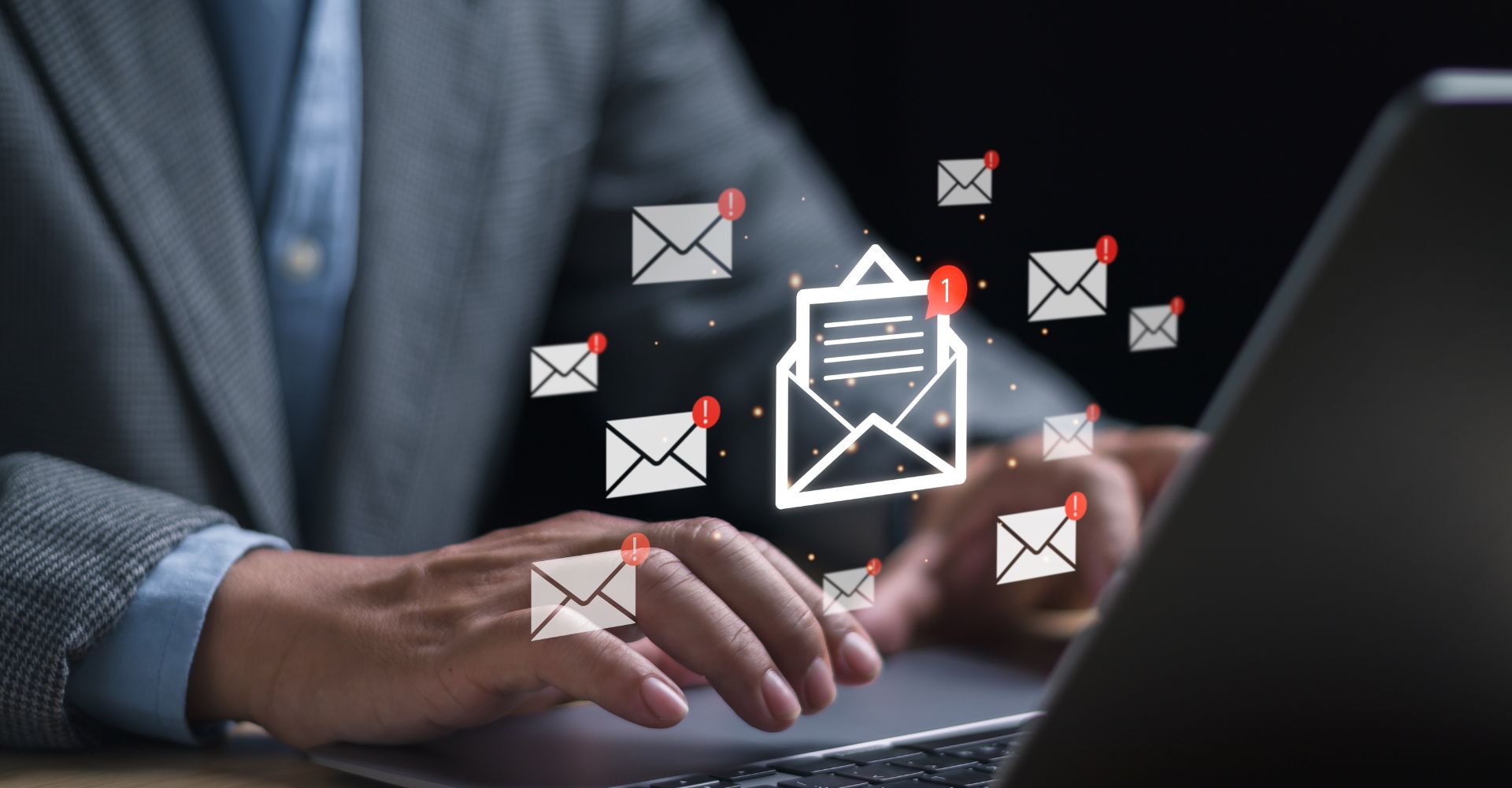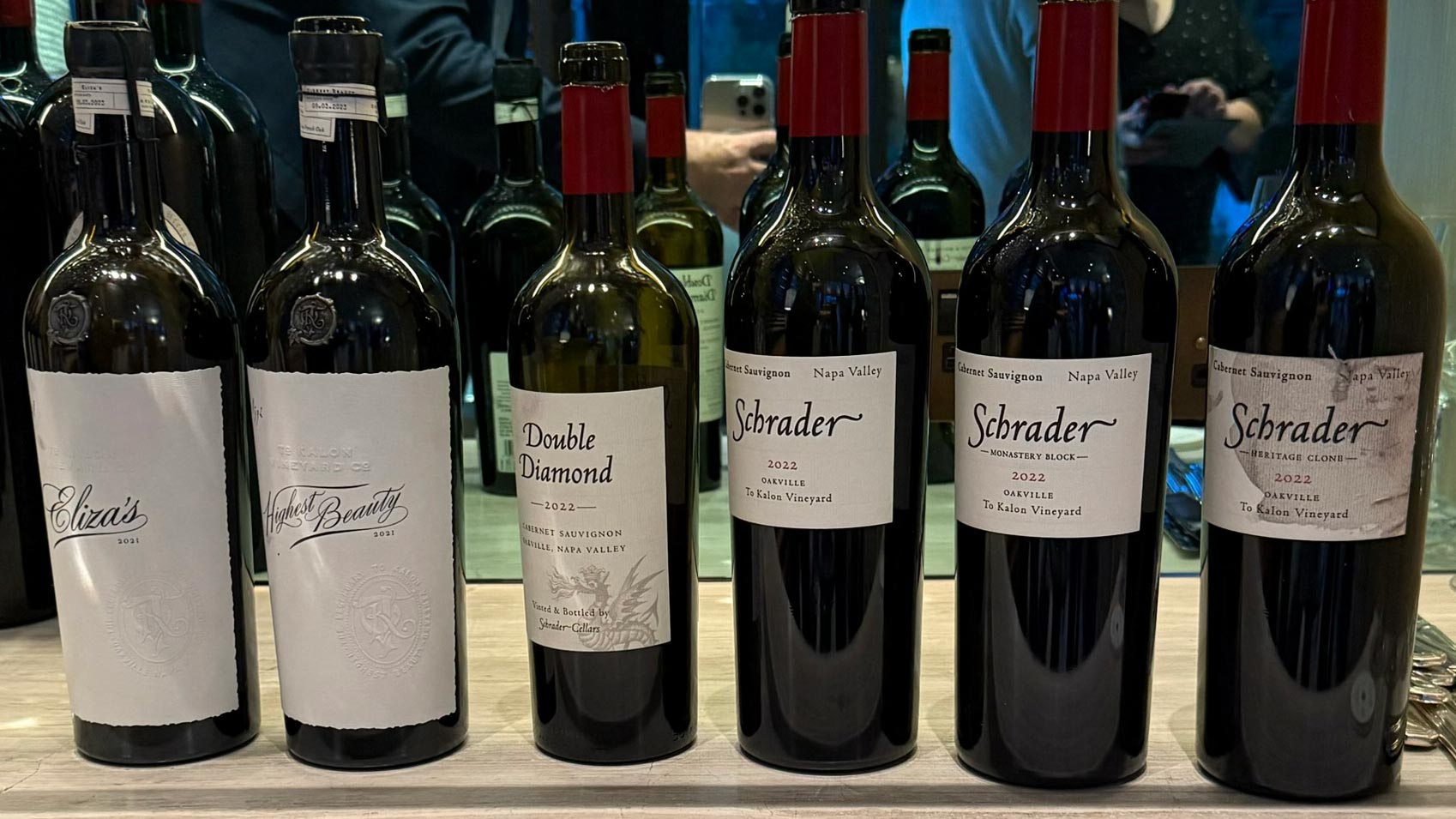Wine Email Marketing: Best Practices for Wine Brands 🍷📧
When done right, wine email marketing is like a fine vintage—aged, polished, and beautifully effective. Done wrong, it’s flat, forgettable, and deleted before the next vintage even arrives. For wine brands, email isn’t just about selling—it’s about storytelling, tasting-room connections, and lifelong loyalty. Here’s your full-bodied, step-by-step guide to mastering wine email marketing—with elegance, emotion, and exceptional results.
1. Build a Grape-Gorgeously Segmented List
Your email program starts with your list—and not all subscribers taste the same wine. Effective wine email marketing begins with segmentation:
- Prospects: Signed up but haven’t purchased. They want discovery and guidance.
- One-time buyers: Send follow-ups, pairing suggestions, and loyalty nudges.
- Wine Club Members: Reward them with exclusive releases, virtual events, and early drops.
- Event Attendees: Update them seasonally and invite them back on-site or online.
- Dormant Customers: Re-engage with themed offers—“Harvest season back in stock” or “Rediscover your favourite Cuvee.”
Smart segmentation means every message lands with the right tone, topic, and offer—boosting engagement and loyalty across your audience.
2. Craft Irresistible Subject Lines & Preview Text
Think of your subject line as the first swirl of a glass—it sets the mood. Here’s how to make it shimmer:
- Evoke urgency with elegance: “Only 24 hours until our Barossa drop 🍇”
- Personalize elegantly: “Sarah, your exclusive invite to our October tasting”
- Tease a story: “From vineyard to vintage: this white steals the show”
Pair it with preview text that complements—not repeats—the subject line. For example:
Subject: “Harvest 2025 is here—early access inside”
Preview: “Limited bottles of our new vintage Cab are ready. First dibs for wine club subscribers.”
In wine email marketing, subject and preview text serve as the cork: it has to pique curiosity without popping.
3. Serve Beautiful, Story-Led Content
Your email isn’t a billboard—it’s a dinner table conversation. Wine email marketing shines when it brings narrative, culture, and purpose to the tap.
A. Visual Elegance
Use crisp images: vineyard golden hour, tasting-room details, or close-ups of new-release bottles. Clean, minimalist design keeps the focus on what matters.
B. Storytelling
- Release emails: “Meet the 2023 vintage: Our coolest summer in a decade, coaxing out intense citrus and minerality.”
- Behind-the-scenes: “Watch as barrels age beneath centuries-old oak…our winemaker explains why patience makes perfect.”
- Seasonal stories: “Try these warming reds as autumn paints the vines.”
C. Clear & Stylish CTAs
Avoid lukewarm buttons like “Click Here.” Use:
- Shop the release
- Reserve your tasting
- Join our virtual sit-down
- Explore vineyard notes
Each link should bring readers one click closer to experience, discovery, or purchase.
4. Optimize Layout & Mobile Readability
Over half of wine emails are opened on mobile. Make them count:
- Single-column layout for easy scrolling.
- Large fonts (16px+), bold headings, and space between blocks.
- Optimized images (lightweight, fast-loading, ALT text included).
- Sticky CTA buttons at the top and bottom of emails for seamless action.
Smooth user experience turns interest into interaction fast.
5. Automate Smartly—Nurturing Without Nagging
Like a good wine, your wine email marketing funnel should be nurtured, not rushed. Use automation to welcome, remind, and reward.
Common Automations
- Welcome Series: Intro your brand story, signature wines, and tasting-room rarity offers—over 3 emails.
- Birthday or Anniversary Emails: Add a personal note and exclusive discount.
- Abandoned Cart Reminders: “Don’t miss out—your case is waiting!”
- Re‑engagement Campaigns: Send tasting notes, bestsellers, or special offers to dormant customers.
- Post‑Purchase Follow‑Ups: Recommend food pairings, ask for reviews, or invite reordering.
Automation keeps timing perfect and communication personal.
6. Personalize Seamlessly
Personalization takes email from generic to memorable. In wine email marketing, that’s essential.
- Merge tags: Use first names where appropriate (“Cheers, [FirstName]!”).
- Personalized recommendations: Suggest wines based on past purchases (e.g., “Loved our Merlot? Try this new vintage Malbec”).
- Dynamic content blocks: Use variable content for wine club vs. retail customers in the same email.
These small touches build big emotional currency—driving trust, clicks, and loyalty.
7. Measure, Analyze & Refine
You won’t know what’s working until you measure. Here are key metrics to watch:
- Open rate: Measures subject line impact.
- Click‑through rate: Measures engagement and copy effectiveness.
- Conversion rate: Tracks how many subscribers bought, booked, signed up.
- Unsubscribe rate: Tells you when content becomes stale or frequency too high.
- Revenue per email: Tracks ROI for each campaign.
Use A/B testing (e.g., subject line, CTA text, layout) to continuously optimize wine email marketing, aiming for better opens, fuller carts, and stronger connections.
8. Stay Compliant & Respectful
You’re selling alcohol—every email matters. Keep these best practices in mind:
- Implement double opt-in and include an easy unsubscribe link.
- Include age-gating if required in your regions.
- Add responsible drinking messages or logos, especially in the UK or EU.
- Only send during appropriate hours (9 AM–8 PM local time).
- Never use abusive or misleading claims—stay honest and compliant.
Respect builds credibility—without it, your brand risks losing trust and subscribers.
Final Sip: A Toast to Loyalty & Revenue
Wine email marketing is more than a sales channel—it’s a curated conversation, a loyalty builder, and a direct line to your most engaged customers. Done well, it connects your brand’s story to real people—turning first-time buyers into club members and one-time sippers into lifelong advocates.
Key Takeaways:
- Segment thoughtfully to serve the right content.
- Use snappy subject lines and compelling preview text.
- Prioritize story-led, visually lush content with clear CTAs.
- Ensure mobile-friendly design and user experience.
- Automate journeys that feel personal, not pushy.
- Personalize recommendations based on real behavior.
- Track performance, test variations, and refine over time.
- Stay compliant, respectful, and responsible.
Raise a glass to finely tuned wine email marketing—where quality meets connection, and every campaign tastes of success. Need help building your first series, refining triggering logic, or optimizing your email design? I’m here to help—cheers to your brand’s next great vintage!



